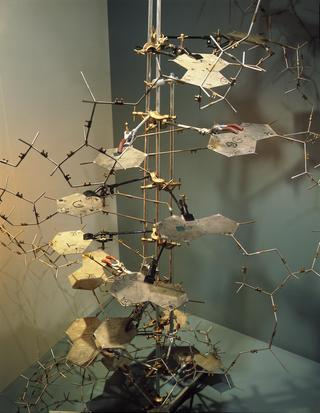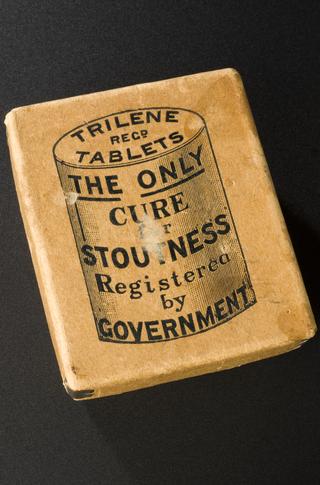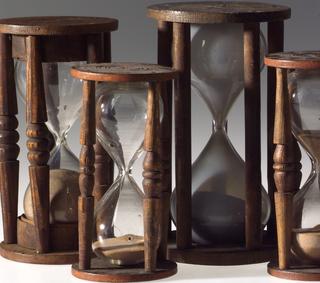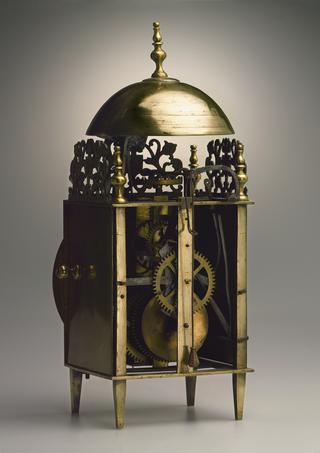
Caesium Atomic Clock, 1955.
- Made:
- 1955 in London, England, Richmond upon Thames and Teddington







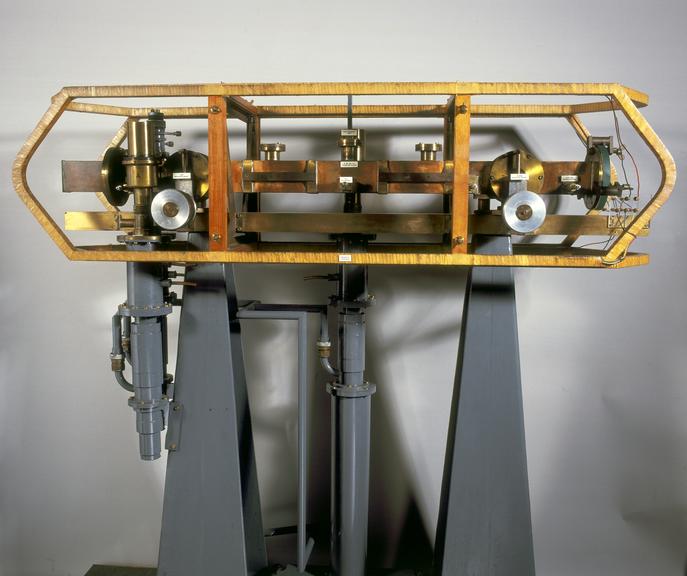
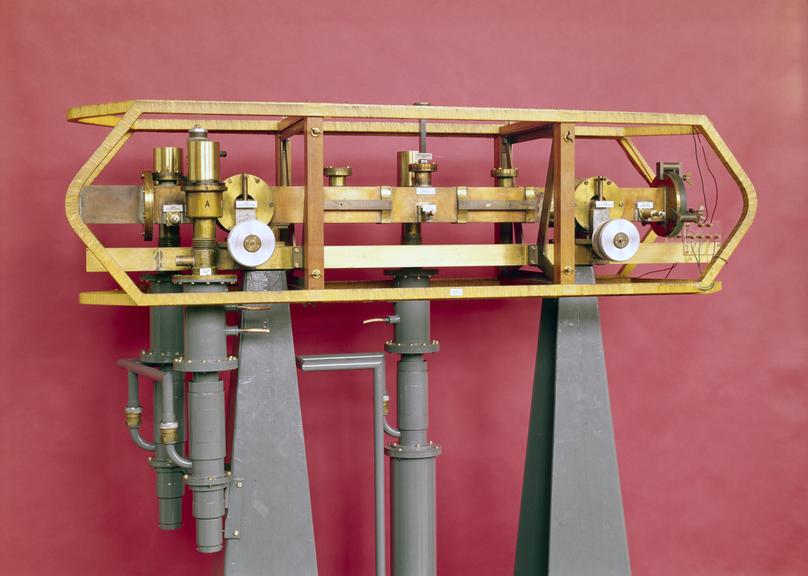

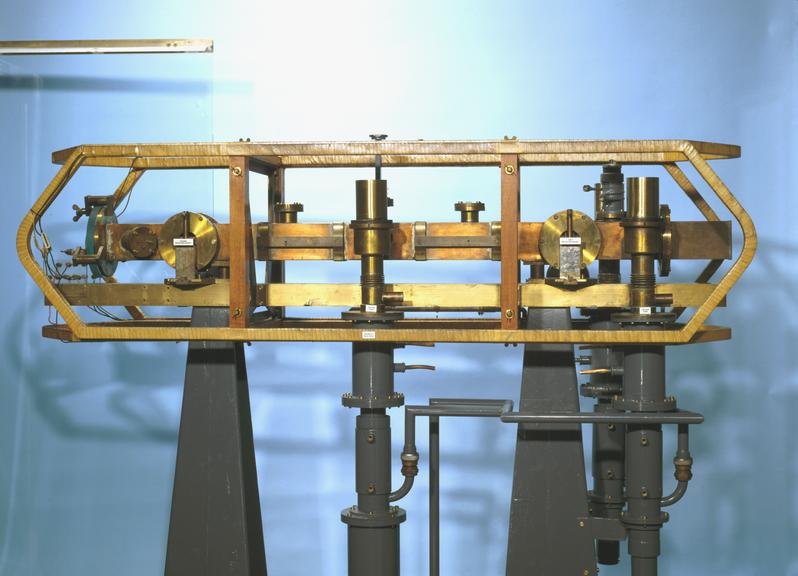

Caesium atomic clock made by Louis Essen and J.V.L. Parry at the National Physical Laboratory, Teddington, London, 1955.
This clock is the first successful atomic clock. It was built by L Essen and J V L Parry at the National Physical Laboratory in England in 1955. It measured time by means of a change of state in atoms of caesium, and was accurate to a second in 300 years - about 30 times better than the quartz crystal clocks introduced in the 1930s and 300 times better than the most accurate pendulum clocks which had been the best timekeepers until then. Atomic clocks are so accurate that they have revealed irregularities in the rotation of the Earth, so time is now defined in terms of measurements with atomic clocks, instead of the astronomical observations which had been used for hundreds of years. The latest atomic clocks are accurate to about one second in a million years.
Details
- Category:
- Time Measurement
- Object Number:
- 1962-59
- Measurements:
-
overall: 1800 x 700 x 2000 mm (approximate)
- type:
- atomic clocks
- credit:
- National Physical Laboratory
